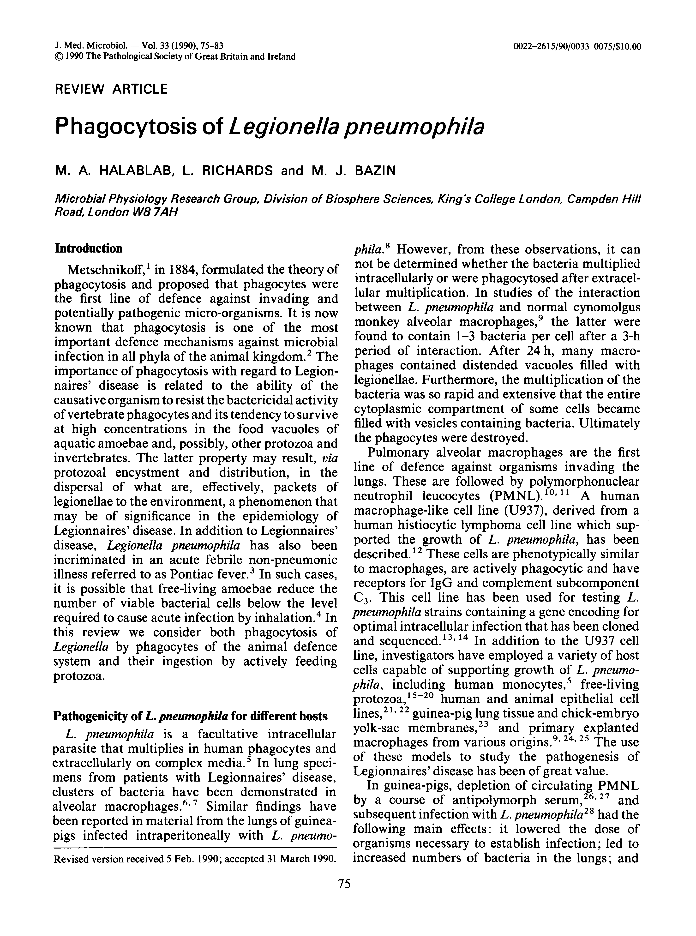
Full text loading...

Phagocytosis of Legionella pneumophila, Page 1 of 1
< Previous page | Next page > /docserver/preview/fulltext/jmm/33/2/medmicro-33-2-75-1.gif
There is no abstract available.

Article metrics loading...

Full text loading...
References

